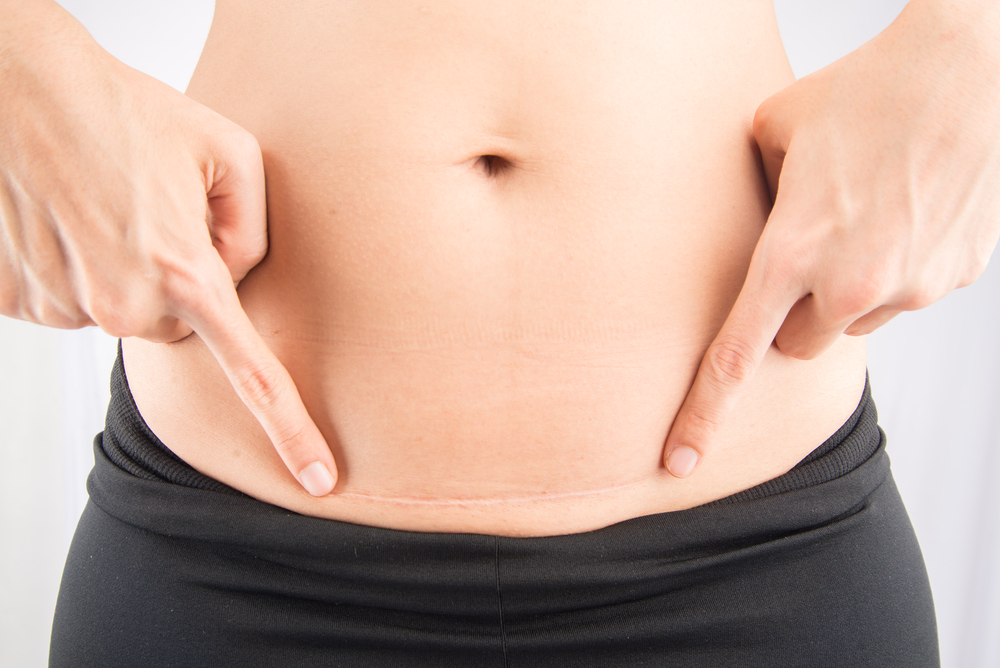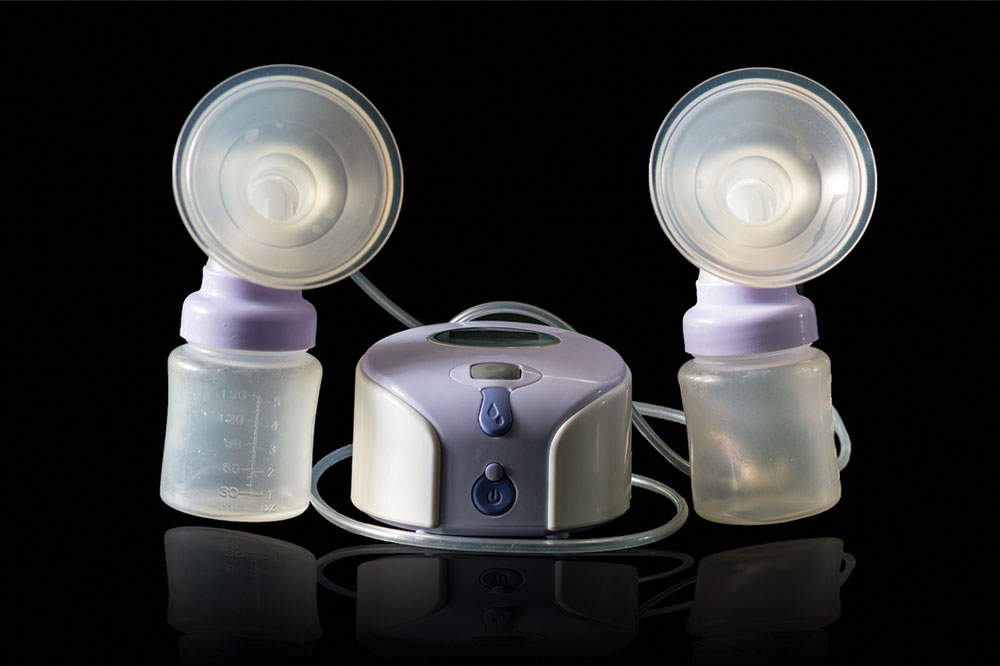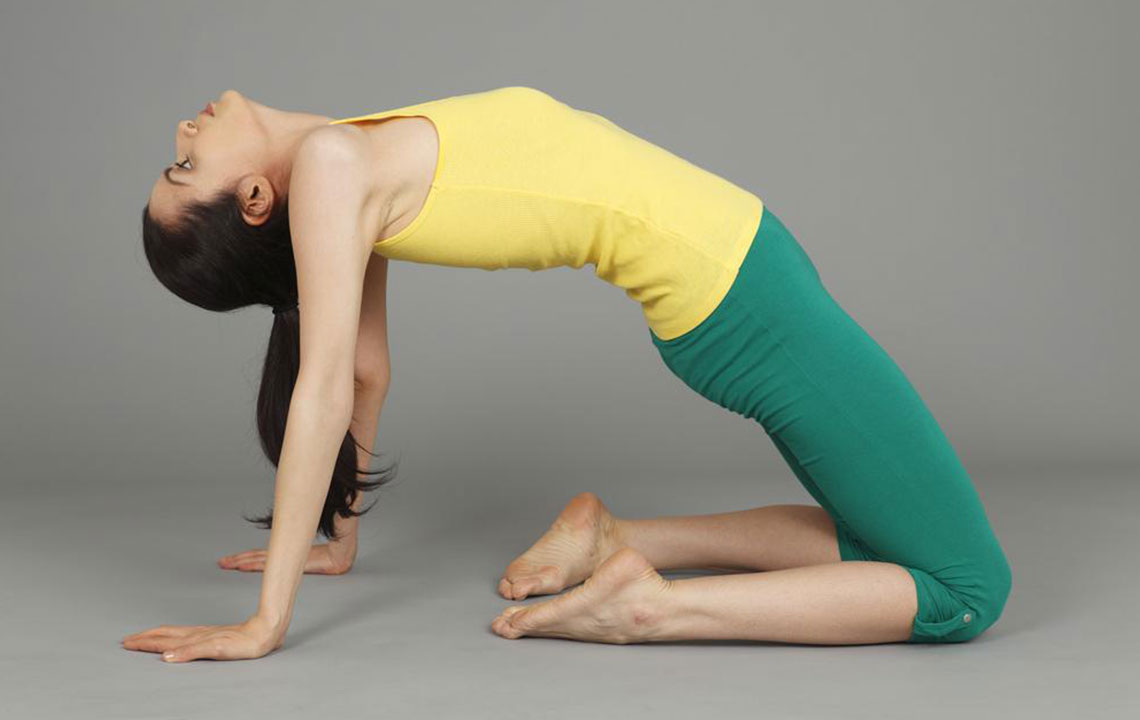Comprehensive Guide to Postpartum Body Changes: Essential Facts for New Mothers
This comprehensive guide provides new mothers with essential insights into postpartum body changes, including recovery tips, hormonal effects, and self-care strategies. Embrace your body's transformation with confidence and patience, supported by expert advice and practical routines for a healthier postpartum experience.

Embarking on the journey of motherhood is an incredible experience that encompasses emotional, physical, and psychological changes. While emotional readiness is vital, understanding the myriad transformations your body undergoes after childbirth is equally important for new mothers. This comprehensive guide aims to shed light on common postpartum body changes, offering valuable insights, practical tips, and reassurance to help you navigate this transformative period with confidence. From dealing with stubborn belly fat to hormonal shifts affecting hair and libido, we cover key topics every new mother should know.
The Persistent Post-Baby Tummy: What to Expect
During pregnancy, it is typical for women to gain approximately 11 to 16 kilograms (around 25 to 35 pounds), depending on individual circumstances. This weight gain supports fetal development but also results in significant stretching of the skin and underlying tissues, particularly around the abdomen. After delivering the baby, many women find that their stomachs do not immediately regain their pre-pregnancy shape. The process can take several months or even longer, during which the skin may appear loose and stretch marks might become more prominent. Achieving a toned tummy involves patience and persistence. Incorporating a balanced, nutritious diet, combined with regular physical activity—focused on core strengthening exercises—can gradually help restore muscle tone and reduce stubborn fat deposits. It’s crucial to avoid quick-fix solutions and to set realistic expectations, celebrating small progress along the way.
The Healing Process: Why Recovery Takes Time
Childbirth, whether through vaginal delivery or cesarean section, places considerable stress on the body. Many women experience residual aches, swelling, and discomfort following childbirth. It’s essential to recognize that recovery is a gradual process, and pushing yourself too soon can hinder healing. Rest, adequate hydration, and nutrition play a pivotal role in this phase. Listening to your body and avoiding strenuous activities until you feel ready—and are cleared by your healthcare provider—are key steps toward comprehensive recovery. Gentle pelvic floor exercises, such as Kegel drills, can accelerate healing and improve pelvic strength. Remember that every woman’s recovery timeline is unique, and patience during this phase is vital for restoring overall health and vitality.
Postpartum Breast Changes: What to Expect
One of the most noticeable post-pregnancy transformations involves the breasts. During pregnancy, hormonal fluctuations cause breasts to enlarge significantly in preparation for breastfeeding. This increase can result in fullness, tenderness, and sensitivity. Once breastfeeding is discontinued, it’s common to see a reduction in breast size, which may lead to sagging or loss of firmness over time. To support breast health, women should wear properly fitted, supportive bras that suit their changing needs. Maintaining a healthy body mass index (BMI) through diet and exercise can also influence the appearance and health of the breasts. While sagging is natural as part of aging and post-pregnancy changes, strength training and posture exercises can help improve overall appearance and firmness.
Addressing Postpartum Hair Loss: Causes and Solutions
Many new mothers notice an increase in hair shedding several months after childbirth—a condition known as postpartum telogen effluvium. This temporary hair loss results from hormonal fluctuations, particularly the decline in estrogen levels following pregnancy. Typically, hair shedding peaks around the third or fourth month postpartum and gradually diminishes by the year’s end, allowing hair density to recover. To manage hair fall, women should focus on maintaining a balanced diet rich in vitamins and minerals, avoid harsh hair treatments, and use gentle hair care products. If excessive hair loss persists beyond the first year, consulting a healthcare professional or a dermatologist can provide tailored solutions and reassurance. Remember that postpartum hair loss is generally a normal part of recovery, and patience is key to restoring healthy hair growth.
Changes in Sexual Desire After Childbirth
Experiencing fluctuations in libido after childbirth is a common concern among new mothers. Physical exhaustion, hormonal shifts, fatigue, and emotional adjustments contribute to decreased sexual desire during the postpartum period. Typically, for many women, libido begins to improve within the first year, as hormonal levels stabilize and the body heals. Open communication with partners and self-care are crucial during this phase. Engaging in regular gentle exercises, fostering intimacy, and prioritizing self-care routines can enhance confidence and comfort. If reduced libido persists beyond the expected timeframe or causes distress, consulting a healthcare provider can help identify underlying issues and suggest appropriate interventions. Embracing patience and self-compassion are vital components of adapting to these new physical realities.
Overall, understanding and accepting the natural changes your body experiences after pregnancy is critical for maintaining mental and physical well-being. Each woman's postpartum journey is unique, and embracing this period with patience, self-love, and support will help you navigate it with resilience and grace. Remember, consulting healthcare professionals regularly and seeking support from loved ones can make this transformative time more manageable and fulfilling.




